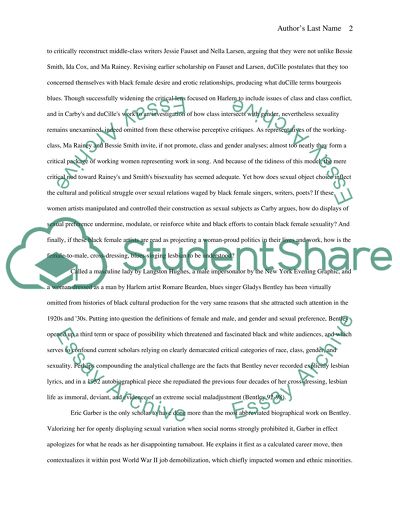Cite this document
(“The Idea of Black Female Identity in the Harlem Renaissance Essay”, n.d.)
Retrieved de https://studentshare.org/literature/1524220-the-idea-of-black-female-identity-in-the-harlem-renaissance
Retrieved de https://studentshare.org/literature/1524220-the-idea-of-black-female-identity-in-the-harlem-renaissance
(The Idea of Black Female Identity in the Harlem Renaissance Essay)
https://studentshare.org/literature/1524220-the-idea-of-black-female-identity-in-the-harlem-renaissance.
https://studentshare.org/literature/1524220-the-idea-of-black-female-identity-in-the-harlem-renaissance.
“The Idea of Black Female Identity in the Harlem Renaissance Essay”, n.d. https://studentshare.org/literature/1524220-the-idea-of-black-female-identity-in-the-harlem-renaissance.


